Filmmaker Brian Schiavo freely names Davids Lynch and Cronenberg, along with Guillermo del Toro, as major influences in his work — and in my book that’s pretty impressive name-dropping. By the time he adds Alan Moore’s run on the comic reboot of Swamp Thing I’m well-and-truly hooked. You just know that surrealistic absurdity, chimaerical monstrosities and body horror by way of gruesome transformations of the flesh are going to enter into proceedings somewhere.
Schiavo runs a company called Strangewerks Films that specialises in producing independent horror films. The company’s been around for about three years. Previously, Schiavo was writing scripts on spec, mostly horror, mostly strange, “the kind of stuff you might watch with your buddies”, he says, “assuming they’re a bunch of wasted zombie Shriners who were a bit on the kinky side.” He likes to think of his work as “one part David Lynch to two parts Cronenberg, with a liberal dash of del Toro — add a twist of lime and shake violently”. So obviously he wasn’t getting produced in Hollywood and often felt his rejected scripts were being ripped off by even prominent creators. Becoming a tad disenchanted with the whole process, he decided to go out and make the kind of films he wanted to see for himself. Strangewerks’ first film, The Shriven (featuring Nina, a beautiful woman who can transform into a demonic killing machine and must survive by feeding on human flesh), came out about a year ago on the Shriek Show label.
Undead Backbrain’s news hellhound, Avery Guerra, tracked Schiavo down to get the inside story on Schiavo’s next effort — the messy way if necessary.
Avery Guerra: So what did you want to do after The Shriven?
Brian Schiavo: For our follow-up film, I wanted to “up the ante” in terms of effects, gore, nude people running around and screaming, that sort of thing — but I wanted to stay away from the sort of horror films everyone is tired of: “Guy runs around in a hockey mask/welding mask/William Shatner mask and severs peoples’ arteries for no good reason.” Horror fans are starved for original material — I know I am.
As to the exact origin of the film, entitled Lifeform, the idea came out of my fascination with genetic manipulation — it really is the evil genie waiting to leap out of its bottle and bite us on the ass. The real life horrors scientists are probably creating out of our DNA even as we speak will make anything Giger can come up with pale by comparison — and that scares the hell out of me. Then I read about a tiny species of jellyfish that is basically immortal — Turritopsis Nutricula. It can reverse its own aging process and return to a youthful polyp stage when living conditions become difficult, in order to survive — its cells are in flux. I thought: what if a person had this ability? Imagine where that could take us. With that as the basis, I came up with the concept of Lifeform — basically it’s about a scientist that creates transgenic human/animal stem cells that can become anything, in order to save his dying wife. He isolates the gene for transdifferentiation from jellyfish DNA, places it into a human stem cell and injects it into her. Of course she’s saved, but … she becomes a creature that can alter her shape to protect herself. She can grow spikes, tentacles, gills, claws, whatever the situation calls for. At the same time, her intellect becomes subsumed by the animal instinct to survive — and just a few errant cells from her body could doom the Human genome forever. The scary thing is that this will happen one day. They’ll wrest the genetic secrets from this creature and stick them in our bodies — so watch the film and catch a glimpse of our hideous future!
AG: What was your artistic inspiration for Lifeform?
BS: As far as inspirations go, I suppose the usual culprits: Altered States, Cronenberg’s The Fly, From Beyond, Eraserhead, Clive Barker’s Hellraiser and Nightbreed. Films that deal with the issues of transformation and bodily horror, which are essentially asking questions about identity. I love Japanese horror, too, especially the manga work by Junji Ito and his ability to distort the human figure. Another influence is the work Stephen Bissette and Rick Veitch did with Alan Moore on Swamp Thing — the greatest run on a comic ever, if you ask me.
AG: Where was the movie filmed?
BS: The movie was shot in New York City as well as on Long Island, NY, with additional location work in New Jersey. We utilized a plethora of locations in the greater metro area: from street scenes, office settings, to warehouses and operating rooms and even brownstone apartments. There’s a wide diversity of looks, which I think provides an interesting aesthetic for the film.
AG: What type of budget are you working with?
BS: In the low six figures. We raised the money from a variety of sources — investors, deferred payments, donations — both in time, materials, equipment, services and a number of our locations. Making a movie is like being a ringmaster in a crazy three-ring circus and you have to be crazier than the clowns and hungrier than the tigers in order to survive it. (Wow, I just made that up!)
AG: It’s bound to be much quoted.
AG: How did you go about casting the film?
BS: We solicited actors over the internet, through one of the commercial casting sites, and then had several days worth of auditions at the School of Visual Arts in NYC. I was fortunate to have access to some of the most talented actors in the NYC area — including Virginia Logan (our female lead), Peter Alexandrou (our male lead) and Kate Britton. The other talented folks include Ken Driesslein, Joe Amato, Ree Merrill, Adam Cerny and Chad.
AG: Beyond the basic plot, what is the film about?
BS: It’s about a research scientist whose wife suffers a brain embolism. In order to save her, he has to create stem cells that will heal her brain. Her resurrection and ultimate transformation set the stage for new horrors in their lives.
AG: What types of FX were incorporated to bring the creature to life?
BS: I’m blessed with a wife, Christine, who is both a talented makeup and computer artist. I’m also an artist, primarily a sculptor. We were able to create the huge number of prosthetics the film required ourselves, with the help of an accomplished mold-maker and makeup artist named Anthony Jones. We had silicone stunt tentacles, a full creature suit, twisted neck appliances, face pieces, various diverse wounds, mutated tentacle hands and face pieces, several types of monster tongues and appendages and even scalpings we did. We also had old school monster legs we could puppeteer — you name it. We were sculpting, casting, molding and pouring for months before the shoot. We were covered in silicone for several months, which ain’t as much fun as it sounds, unfortunately. I could’ve used some diversion to break things up!
We also used computer effects to accentuate the on-set ones, using a tremendous amount of AfterEffects tricks to highlight Virginia’s bodily transformations and the agony she’s going through. We also did a lot of green screen work with tentacles, creature heads, that sort of thing. In addition, we’re using Blender to create some computer-generated creature transformations. We basically applied every discipline there is to bring this creature to life.
AG: What would you like viewers to take from the film?
BS: Well, aside from the usual titillation, I think it’s a film about the necessity of becoming what you’re really meant to be, whether its a mutated creature from hell or your own distinct individual.
AG: When and where might fans be able to see it?
BS: The film is currently in post production and should be wrapped by mid-2012. After that, we’ll do some horror festivals and roll it out here and internationally in early 2013.
AG: So, what next for you?
BS: Another film of course — the fever never relents! I’m haunted by night terrors I feel compelled to foist upon everybody else. The goal is to ramp up production and shoot two more films in the next year. One of my aims is to create the next horror screen icon — right up there with Frankenstein, The Creature and Pinhead.
Good luck with that one, Brian! Keep us informed!
Source: Brian Schiavo via Avery Guerra. Addition text by Robert Hood.

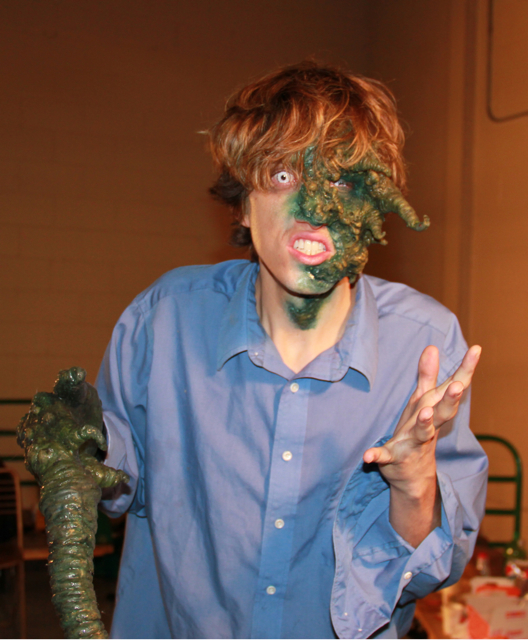
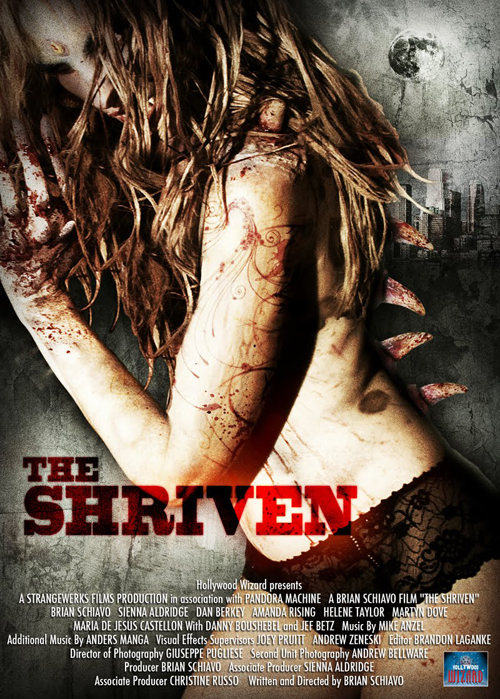
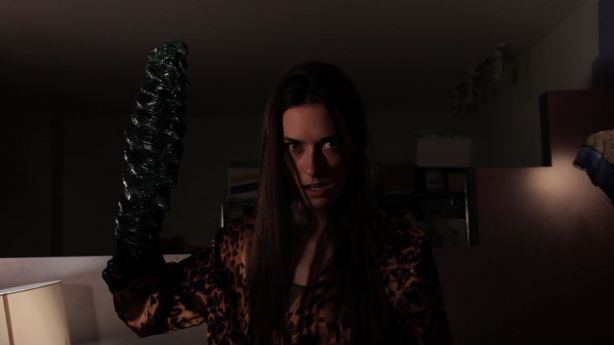
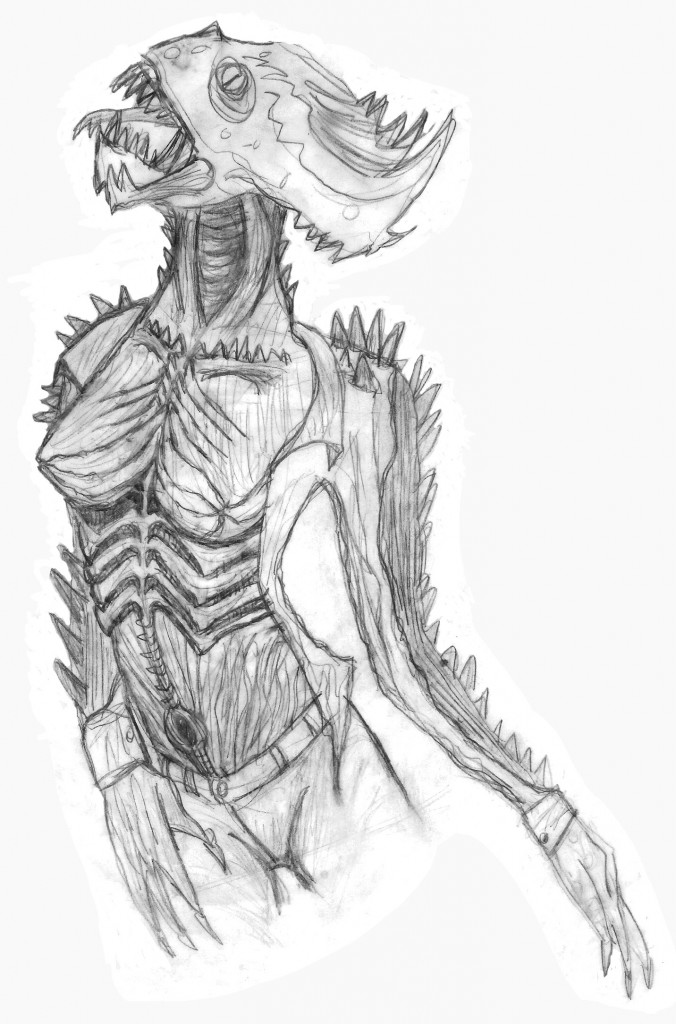
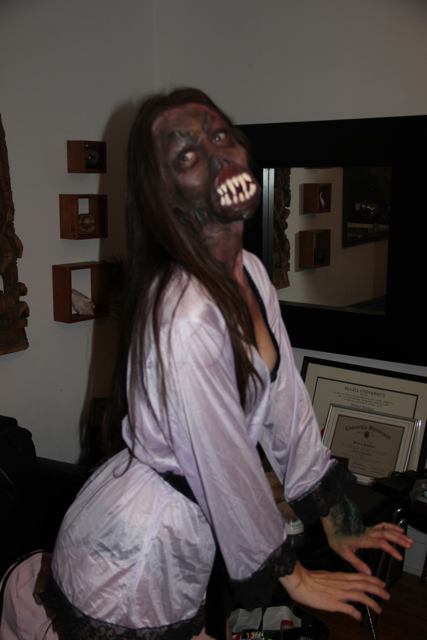
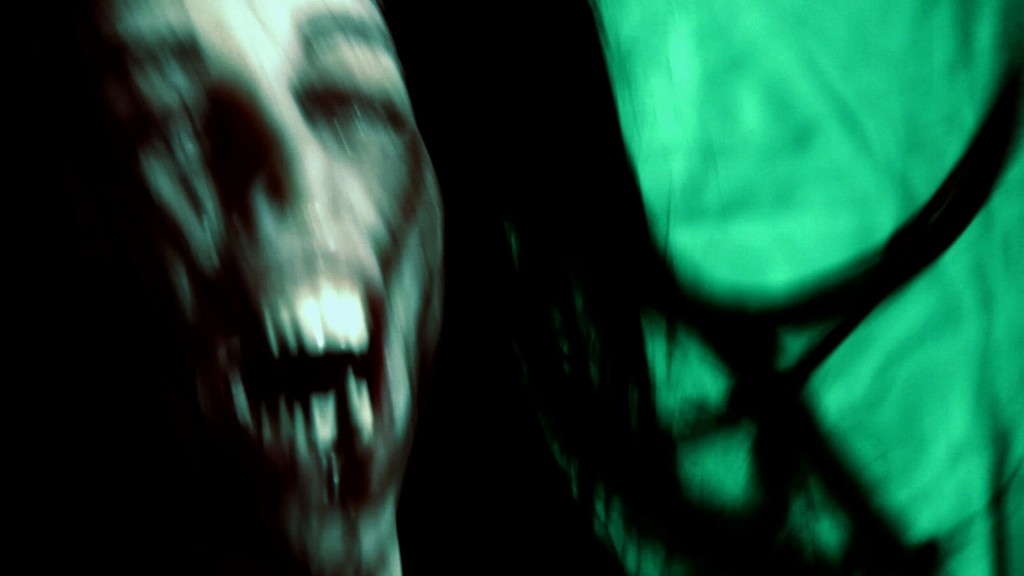
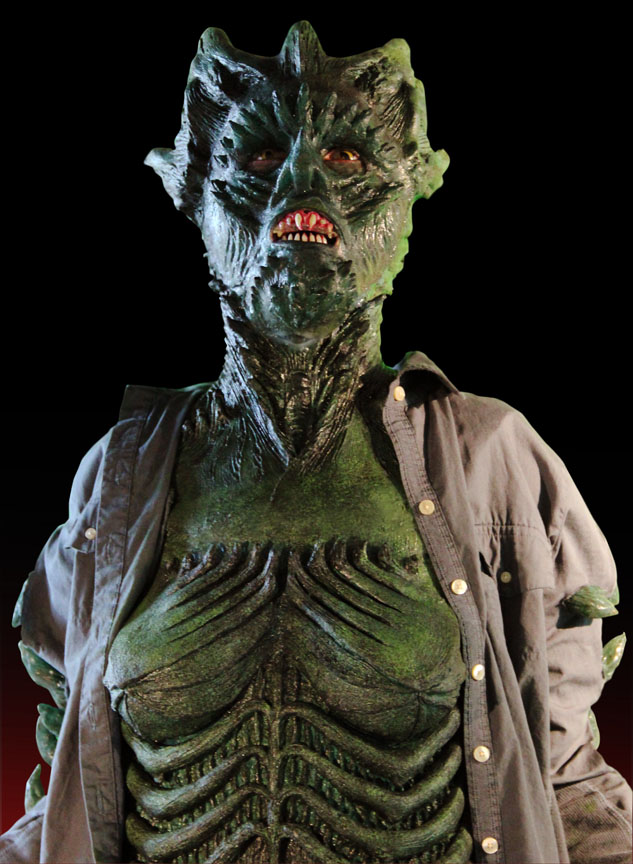
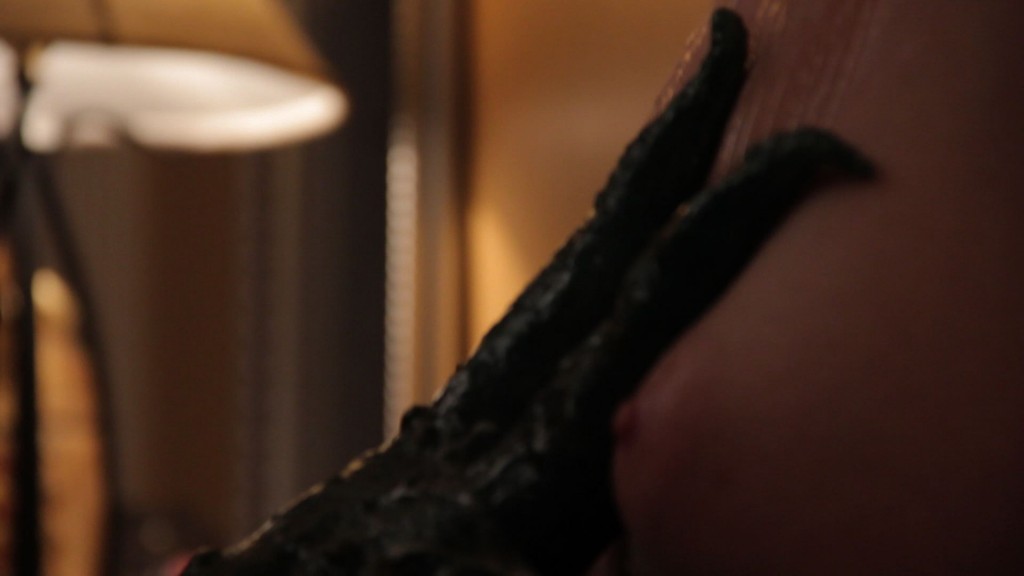
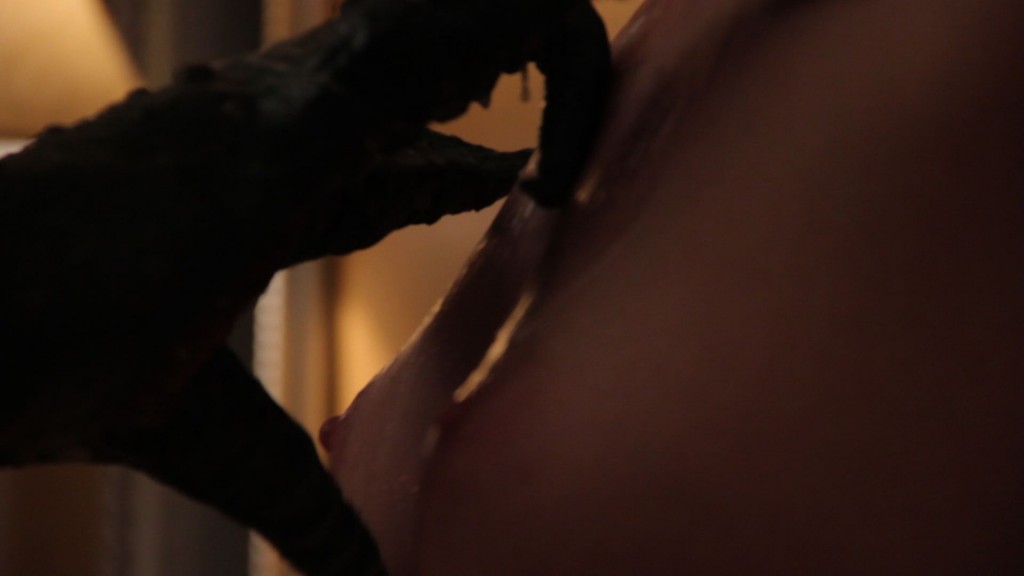
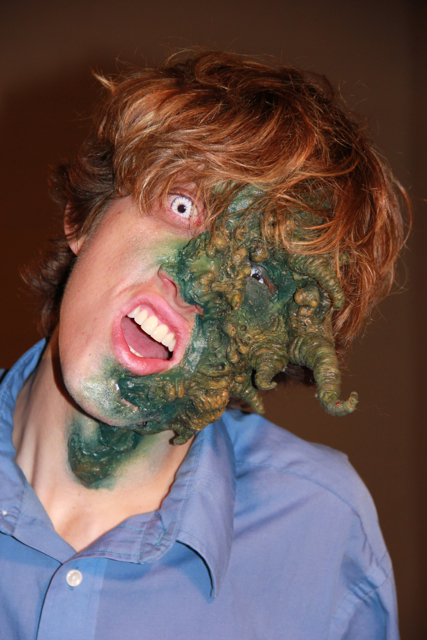
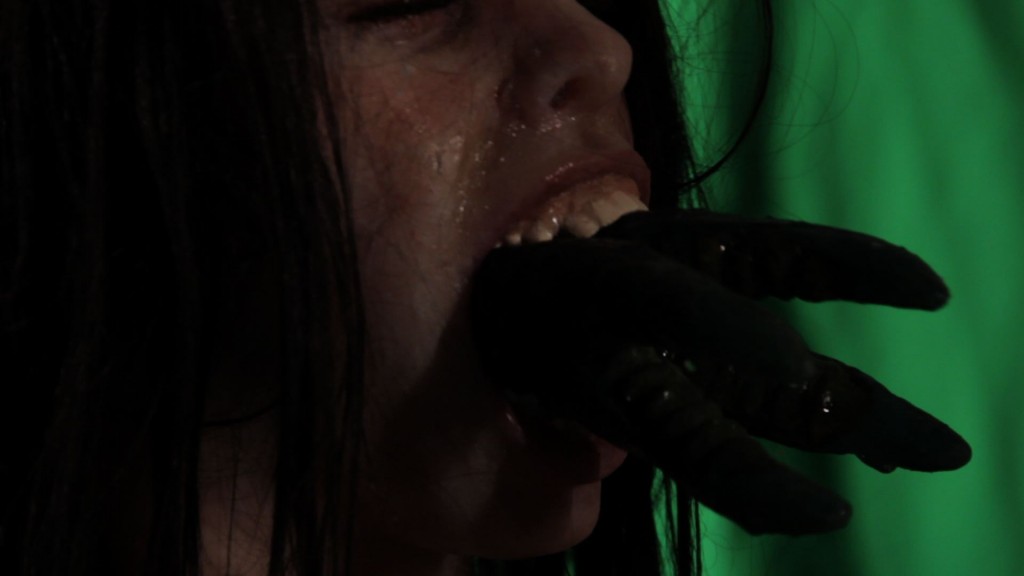

Pingback: What Casting Material May Be Used For The Silicone Rubber Molding? | Wisdom Health Prosperity